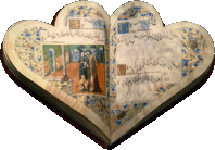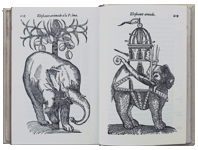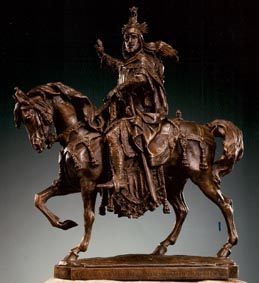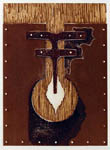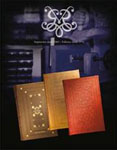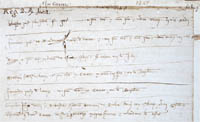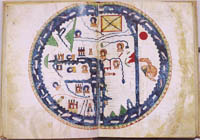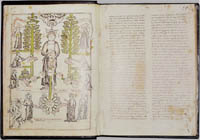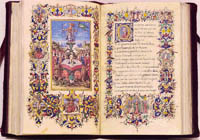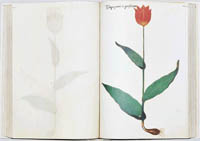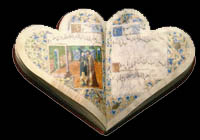|
|
|
| Seguir @vicentgarciaedi Twittear |
|
vgesa |

|
|
- Books and works ( 140 tit.)
- Request further information
- Contact
- Club Konrad Haebler
- Menu
- What we do since 1860
- The facsimile: What and who is buying
- Museum of Printing Press
- Index
- Spanish
Phone: (+34) 96 369 15 89
(+34) 627 596 573
E-mail: Vicent García Editores, S.A.
|
Codex, Codices What is a codex? |
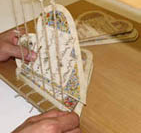 |
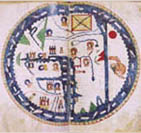 |
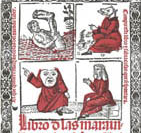 |
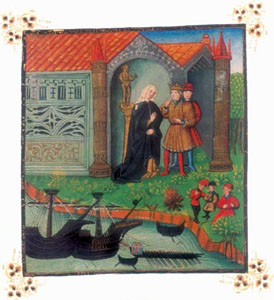 |
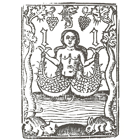 |
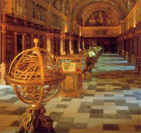 |
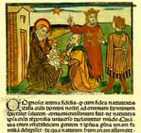 |
|
Definition, meaning: the dictionary definition of this is: a volume, in book form, of manuscripts of an ancient text. Etymology. The origin of the word codex: from the Latin caudex, meaning “tree-trunk” which later came to be spelt codex. The name derives from the fact that the first Roman law-books were made from wooden tablets covered with wax and tied together with string. In the Middle Ages (and also during the Renaissance and later eras), books were copied in monasteries, as these were the places in which knowledge was concentrated. If a work was sufficiently popular, copies of copies would be made, introducing variations to a smaller or larger degree, both to the text and to the illustrations. Good examples of this are works such as the Beatus of Liébana or the Atlas of Claudius Ptolemy. One interesting result of this from an artistic perspective is that the evolution of decorative techniques and calligraphy can be traced over the centuries, across different countries and taking in different styles. Types of codices It is important to clear up some of the confusion surrounding the terminology, as although all handwritten antiquarian books are codices, there are different types and even different ways of referring to them – but they are always codices. Common types and frequently used terms are:
|
|||
Vicent García Editores, S.A. - C./ Guardia Civil, 22. Torre 3ª, piso 1º, 3ª - 46020 Valencia - España - Tel.: (+34) 963 691 589 - (+34) 627 596 573 - Fax.: (+34) 961 119 020 - E-mail: Vicent García Editores, S.A.


